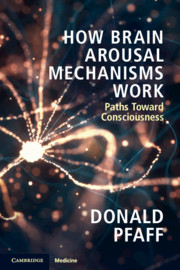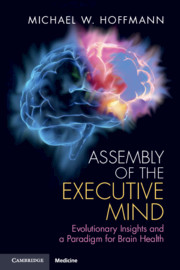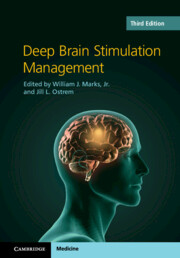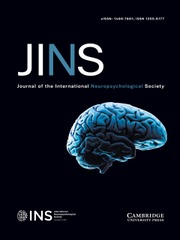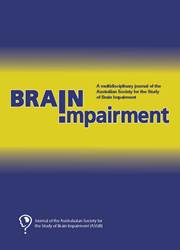How Brain Arousal Mechanisms Work
What are the physical paths towards consciousness? How do humans transition out of deep anesthesia, deep sleep, or traumatic brain injury? This book presents a new argument that expands past theories centered on the cerebral cortex, and instead emphasizes the longitudinally-integrated brainstem systems that are essential to the mechanism of consciousness. The workings of these vertical pathways that 'wake up the brain' are examined in neurobiological and molecular detail. Mirroring the evolution of this system from fish to humans, chapters in the book move from hindbrain to forebrain and from animal brain to human brain, developing the unified approach involved in the brain arousal mechanism. Considering consciousness through an array of neuronal structures, this book provides a new physical explanation of the phenomenon. Written for neurologists, neuroscientists, psychologists and psychiatrists, the book's succinct and readable tone means it is also suitable for readers interested in the workings of the brain.
- Argues for a new and unified concept of brain arousal, emphasising longitudinal-integrated systems and moving past current theories focused on the cerebral cortex
- Summarizes a rapidly growing neurologic literature, to offer readers a combined review of neuroanatomical, neurophysiological and molecular genetic work to further understanding of human consciousness
- Succinct and jargon-free, the book supports neurologists, neuroscientists, psychologists and psychiatrists in assisting patients to physical consciousness as well as providing an innovative work for more general readers interested in the workings of the human brain
Product details
No date availablePaperback
9781108433334
168 pages
234 × 156 × 9 mm
0.3kg
Table of Contents
- Introduction
- 1. Concept
- 2. Giant cells in the medullary reticular formation
- 3. Pons
- 4. Midbrain
- 5. Hypothalamus: low road
- 6. Thalamus: high road
- 7. High arousal
- 8. Phase transitions from low Ga states
- 9. Roots of consciousness and its disorders
- 10. A vertically integrated system.

